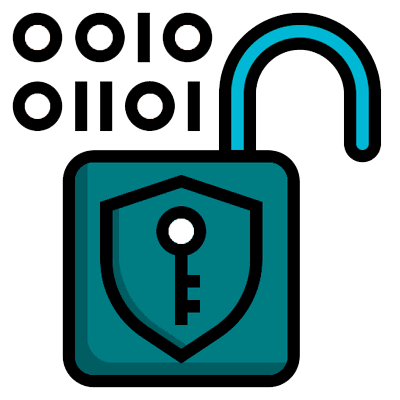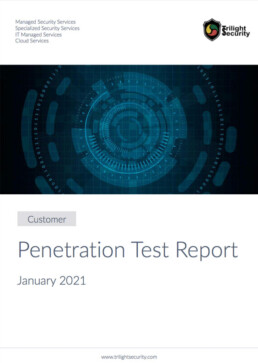Web application penetration testing is one of the two most common types of penetration tests. The company providing reliable penetration testing services must possess expertise in web application pentesting unless it is a niche cybersecurity service provider. Read below on how to choose the appropriate provider of web application pen testing services.
Penetration testing for web applications involves well-planned, controlled attacks designed to access sensitive information within a web platform (informational website, SaaS application, e-commerce site, etc), aiming to evaluate the web application security posture. Conducted from within or outside the system, these attacks generate insights into the system’s resilience, pinpointing any security gaps and potential threats that could lead to a breach.
Scope of web application penetration testing
As a result of web application penetration testing, the testers identify the vulnerabilities on the server side and in the functionalities and components of the web application, such as front and back end, etc. The testers will measure their impact and propose remediation measures to improve the overall security posture of the web application.

- One has to understand, that every web application penetration test is unique, and the outcomes will depend on several conditions, with the goals of the web application’s owner being nearly most important. The majority of the pen tests are carried out to find the most critical vulnerabilities as defined by OWASP and other security standards.
- When testing the server side of the web application, ethical hackers will focus on poorly secured services, outdated software, and firmware, configuration errors.
- With the web application itself, the focus will be such common application vulnerabilities as SQL, XSS, SSTI, etc. injections, access control flaws, possible privilege escalation, authentication, and session management issues, vulnerable third-party components, etc.
- Special attention will be given to the vulnerabilities in the APIs, as well as to the search for logical flaws in the workflows of the applications.
The benefits of web penetration testing
By conducting web application penetration testing you will be able to achieve multiple important benefits, such as:
- Identify vulnerabilities. Most importantly, web application pen testing will help you identify flaws in your applications or IT infrastructure. This way you will be able to eliminate these flaws before they are exploited by the attacker.
- Meet compliance requirements. It is an explicit requirement in many countries and industries to perform the penetration testing of web applications.
- Assess your cybersecurity systems. If you operate some cybersecurity infrastructure, such as firewalls, etc. then you need to test their efficiency and correctness of settings. Web application pen testing includes real-world attacks that will help make these assessments.
- Assess your cybersecurity policies. Penetration testing is an excellent way to assess your cybersecurity policies.
How to choose a web application penetration testing company?
There are several things to look at when choosing a cybersecurity partner to conduct a web application penetration test:
- Make sure the cybersecurity company provides web application penetration testing services. Checking the relevant web page on the website will be sufficient in most cases
- Check the experience of the company, number of projects, and customer reviews. The latter can be done at clutch.co.
- Ask the potential service provider for a quote accompanied by references, a sample of a penetration test report, and any other relevant information
- Ask specifically what would be the qualifications of the pentesters to work on your project, such as professional certification of OSCP, OSCE, eWPTX type.
- Ask if there will be at least two ethical hackers to work on your project, which is a recommended practice.
- Ask for a call with a potential service provider to get a first-hand impression of the company and its employees. Though subjective, this is often an important step to making a decision.
- Check for the price. There is no need to overpay to get quality penetration testing services. You can have a small web penetration testing for a simple application starting from 1800 USD.









